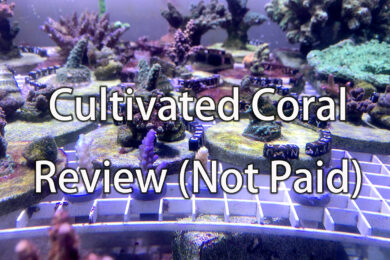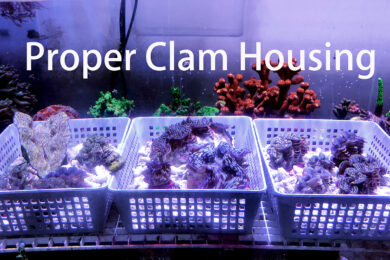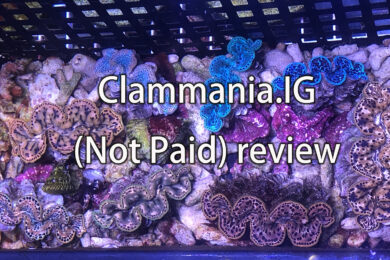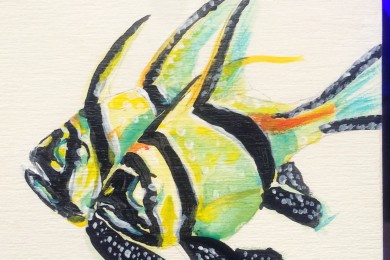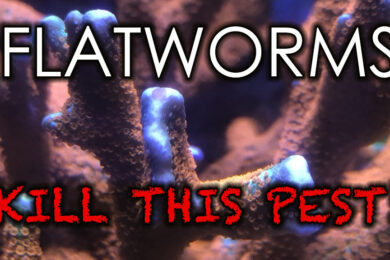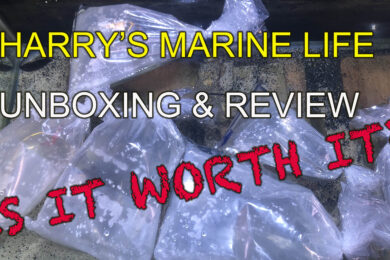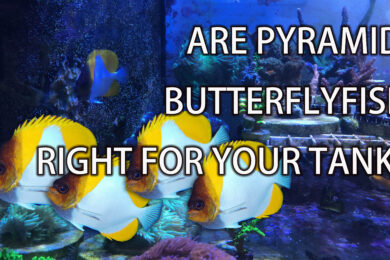Hello Everyone, Steven Here. Thank you for joining me today for another reef chat. If you love reef aquarium and enjoy a good discussion, please help support me by commenting and sharing your experiences in this topic. If you wish to skip reading, please feel free to click the video below to listen to this topic with the fish featured in the video.
Couple Disclaimers:
- I am not paid, endorsed, or affiliated with any businesses for creating this content.
- I do not claim to be an expert in the area, everything I am sharing is based on my 20+ years experience in this hobby, including retail experience. Please use your own discretion, but also be kind to me and others in this topic.
Let’s dive into our “Is ____ right for your tank” series. Our focus today is the Harlequin Tuskfish. The Harlequin Tuskfish is undoubtedly an eye catcher in any environment, and would be a great discussion topic with any guest for those who are able and willing to house it. It belongs to the wrasse family. One fun fact about the Tuskfish group is that they can “turn” their head, something not many fish can do. This will come into play with their diet, we’ll come back to this topic later.

Let’s discuss the basic care needs for the Harlequin Tuskfish. In the wild, This fish can get close to a foot long and is a very robust, strong swimmer. This translates to need for a tank large enough for the fish to stretch its “legs” and vigorous water movement to help mimic its natural environment. I will not get into the tank size discussion because everyone has different opinion on that. Let’s just say use your best judgement.
As far as its diet, I guess we can cover this topic along with whether or not this fish is “reef safe”. Since “reef safe” is a very ambiguous term, let me just make a quick list of the non-fish creatures you may want to think twice keeping with this creature:
- Corals– In my experience, they are safe to keep with any and all types of corals.
- Anemone– At your own risk. As I said they are strong swimmers, but I have seen strong fish get tangled up and eaten by anemones.
- Crustaceans– At your own risk. In my experience, they will eat any and all crustaceans introduced after it, and devour everything once it grows to mature size.
- Sea Cucumber– Safe in my experience.
- Urchins– Safe in my experience, but I have heard of tragedies so at your own risk. Similar rule applies to starfish.
- Bivalves of any kind (including clams)- No No in my experience.
- Snails– Also a No No, but I guess depends on size- here is the kicker from their head turning ability. In the wild, they will use the tusks to grip onto the snail shell, twist and “turn” head and body to “unscrew” the snail from rockworks, then swing their head and bang the snail against hard surface to crack the shell and consume it. So if your snails are small enough for the fish to grip onto, they are fair game. Larger ones may have a better chance to skip its menu, but I can’t guarantee.
- Other fish- In my experience, a well fed Tuskfish hasn’t shown an appetite to its fish tankmates. But I also try to not keep fish that are “bitesize” alongside any aggressive to semi-aggressive fish. Yes, I’d definitely label Harlequin Tuskfish to be on the aggressive side of the spectrum.
- Human- Watch for your fingers. Let’s just say I have been snipped and blood shed when sticking my hands in. Always keep an eye on this guy if you are performing tank maintenance. They have the potential to be jerks.

By now you probably have a good idea on this guy’s diet- they aren’t very picky! literally devours anything you throw in there, even house insects (I’ve thrown flies, beatles and such into the tank and seen my Tuskfish and triggerfish devour them, just extra protein they said).
So are they right for your tank? So let’s count the checkboxes:
- Do you have a Large enough tank for the fish to grow, and swim freely?
- Do you have coverage over the tank? They can and will jump!
- Are you OK with this fish potentially bullying others in the tank, and be a terror to both you and its tankmates?
- Are you OK with this fish make some rock work rearrangements, and possibly sacrifice some of your clean up crew for its nurishment?
- Do you like seeing a very entertaining feeding show?
- Do you LOVE a fish with brilliant coloration, that is RED WHITE and BLUE and super patriotic?
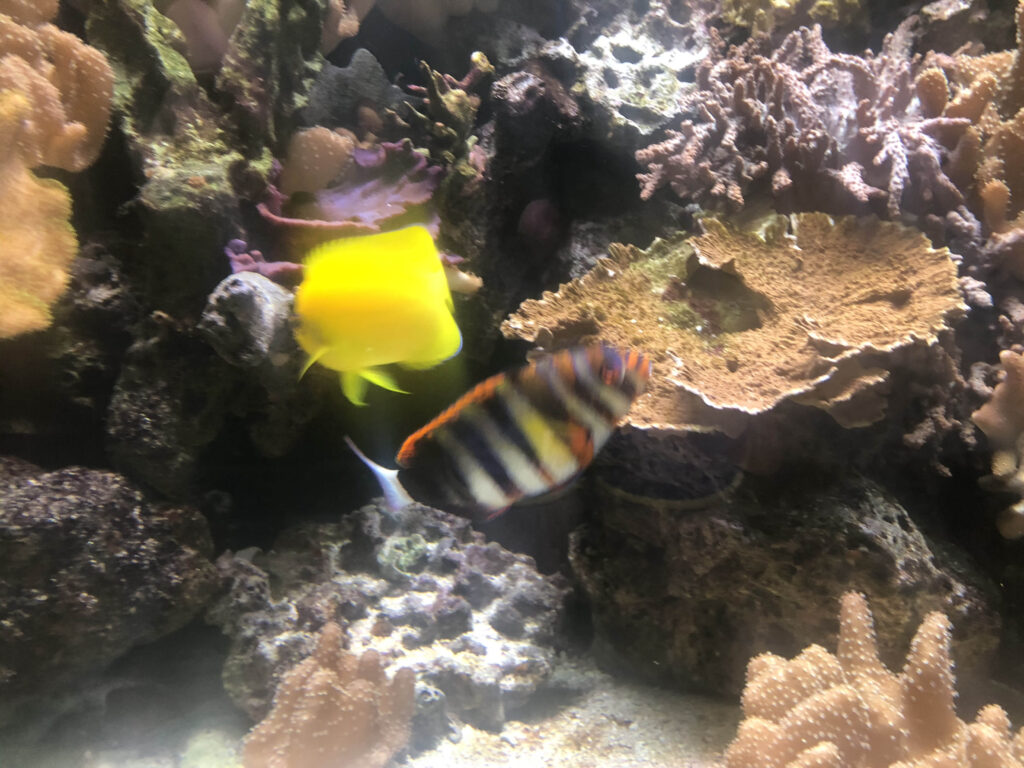
If you answer Yes to all of the above, I’d say give this fish a chance to fall in love with. It truly is a cool fish and I know for as long as I have a tank I’ll always want to have one. They aren’t cheap in today’s market, so please do consider all factors carefully to make sure you can provide this fish, and all other critters in the tank a long and happy life before you commit.
One minor topic- I have seen pictures of Australian and Indonesian versions of this fish. But to be entirely honest with you I cannot tell which one if which if I stumble upon one in the store. Can someone help summarize what is the one thing to look for to tell the difference? also if they have any size/behavior differences based on the region they are collected? Love to hear your comments and experiences with this fish.
Thank you!



